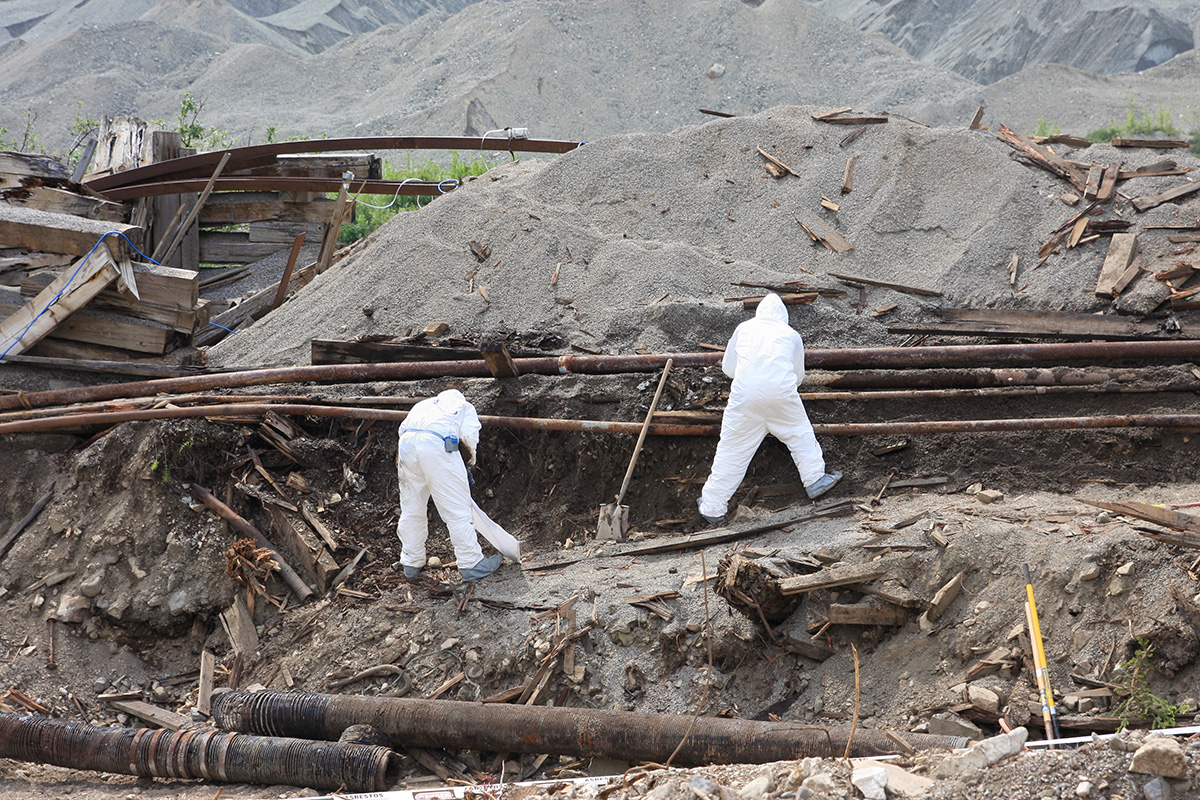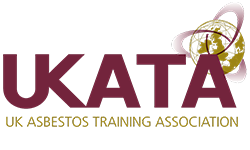Understanding the Significance of Asbestos Refurbishment & Demolition Surveys
Asbestos, a once widely used construction material, has left a legacy of potential health hazards due to its fibrous nature. As buildings age and undergo refurbishment or demolition, the risk of asbestos exposure increases, necessitating thorough surveys to identify and manage asbestos-containing materials (ACMs). In this comprehensive guide, we will explore the importance of asbestos refurbishment and demolition surveys, their key components, regulatory compliance, and the critical role they play in ensuring the safety of workers and the public.
The Need for Asbestos Refurbishment & Demolition Surveys
Identification of Asbestos-Containing Materials:
Refurbishment and demolition surveys are specifically designed to identify and assess the presence of asbestos-containing materials in buildings. As structures age, it becomes imperative to ascertain whether any ACMs are present before undertaking renovation or demolition activities.
Risk Mitigation:
The primary goal of these surveys is to mitigate the risk of asbestos exposure during construction-related activities. Disturbing or damaging asbestos-containing materials can release harmful fibres into the air, posing a significant threat to the health of workers and the general public.
Compliance with Regulations:
Regulatory bodies worldwide mandate asbestos surveys as part of refurbishment and demolition planning. Compliance with these regulations is not only a legal requirement but also a fundamental aspect of responsible and ethical construction practices.
Key Components of Asbestos Refurbishment & Demolition Surveys
Thorough Inspection:
A comprehensive survey begins with a detailed inspection of the entire building or structure. Surveyors examine both accessible and inaccessible areas to identify potential ACMs. This includes inspecting ceilings, walls, floors, insulation, and any other areas where asbestos may be present.
Material Sampling and Analysis:
Sampling is a critical component of asbestos surveys. Surveyors carefully collect samples of suspected materials, which are then analysed in accredited laboratories. This analysis determines the presence and type of asbestos, providing essential information for risk assessment and management.
Risk Assessment:
The survey findings contribute to a thorough risk assessment, considering factors such as the location, condition, and accessibility of identified ACMs. This assessment guides decision-making in planning refurbishment or demolition activities.
Documentation and Reporting:
A detailed survey report is compiled, documenting the survey process, findings, and recommendations. This report is a crucial tool for contractors, property owners, and regulatory authorities, providing a clear overview of the asbestos-related risks associated with the structure.
Asbestos Register:
An asbestos register is created as part of the survey, listing all identified ACMs within the building. This register serves as a reference for future activities, ensuring that anyone working on the premises is aware of the potential asbestos risks.
Regulatory Compliance
National and Local Regulations:
Different countries and regions have specific regulations governing asbestos management, especially during refurbishment and demolition projects. It is imperative to adhere to these regulations to ensure legal compliance.
Notification and Approval:
In many jurisdictions, refurbishment or demolition projects involving asbestos require notification to regulatory authorities. Approval may be necessary before initiating any work, emphasising the importance of collaboration with regulatory bodies.
Licensed Professionals:
In some cases, asbestos surveys must be conducted by licensed professionals. These individuals possess the expertise and certification necessary to ensure a thorough and accurate assessment of asbestos risks.
Safety Measures During Refurbishment and Demolition
Safe Removal and Abatement:
If ACMs are identified during the survey, safe removal or abatement measures must be implemented. This involves engaging licensed asbestos removal professionals to minimise the risk of fibre release.
Worker Training and Awareness:
Workers involved in refurbishment or demolition activities must undergo asbestos awareness training to recognise and handle potential asbestos-containing materials safely.
Protective Measures:
The use of personal protective equipment (PPE), such as respirators, coveralls, and gloves, is essential to prevent direct contact with asbestos fibres during construction-related activities.
In conclusion, asbestos refurbishment and demolition surveys are indispensable tools in the realm of construction safety and public health. These surveys not only identify potential asbestos hazards but also inform risk assessments and management strategies. By adhering to national and local regulations, engaging licensed professionals, and implementing safety measures, stakeholders can ensure that refurbishment and demolition projects are conducted responsibly, mitigating the risk of asbestos exposure and contributing to a safer and healthier built environment. Through these surveys, the construction industry can navigate the challenges posed by asbestos and uphold the well-being of both workers and the community at large.
For more information on Asbestos Refurbishment & Demolition Surveys contact AF Environmental Ltd.





